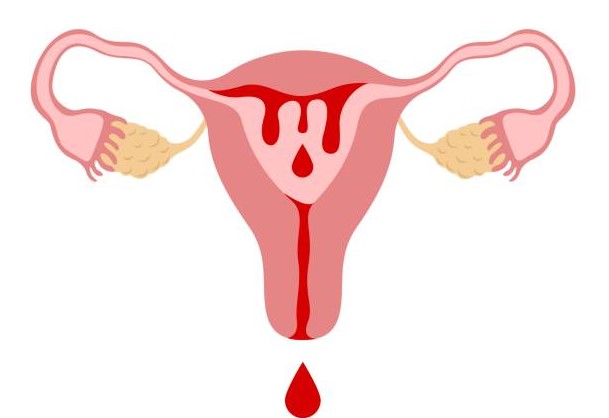Abnormal Uterine Bleeding: A Simple Guide
Abnormal uterine bleeding (AUB) is a common issue many women experience at some point in their lives. This guide will explain what AUB is, its causes, symptoms, how it's diagnosed, treatments, and prevention.
What is Abnormal Uterine Bleeding(AUB)?
Abnormal uterine bleeding is any bleeding from the uterus that is different from your normal menstrual period. Normal menstrual flow typically lasts about five days and occurs every 21 to 35 days. This can include:
- Bleeding between periods
- Heavy bleeding during periods
- Bleeding after menopause
- Periods that last longer than usual
What causes of AUB?
- Several factors can cause Abnormal Uterine Bleeding. Some of the common causes include:
- Hormonal Imbalances: Hormones control the menstrual cycle, and any imbalance can cause irregular bleeding. This is common during puberty, perimenopause, and in conditions like polycystic ovary syndrome (PCOS).
- Uterine Fibroids: These are non-cancerous growths in the uterus that can cause heavy bleeding.
- Polyps: Small, benign growths on the lining of the uterus can lead to irregular bleeding.
- Endometriosis: This condition occurs when the tissue that normally lines the uterus grows outside it, causing pain and bleeding.
- Adenomyosis: When the tissue that lines the uterus grows into the uterine wall, it can cause heavy periods and pain.
- Cancer: In rare cases, AUB can be a sign of uterine, ovarian or cervical cancer.
- Medications: Certain medications, like blood thinners, can affect bleeding.
What are the sign and symptoms of AUB?
Symptoms of AUB can include:
- Heavy menstrual bleeding
- Bleeding between periods
- Periods that last longer than usual
- Bleeding after menopause
Diagnosis and Test
To diagnose AUB, doctors may perform several tests:
- Physical Examination: Your healthcare provider will conduct a physical exam that includes a pelvic exam, cervical exam, and a Pap smear test.
- Blood Tests: To check for anemia, thyroid issues, or other hormonal imbalances.
- Ultrasound: An imaging test to visualize the uterus and ovaries.
- Biopsy: A small sample of the uterine lining is taken to check for cancer or other issues.
- Hysteroscopy: A thin, lighted tube is inserted into the uterus to look for abnormalities.
How is abnormal uterine bleeding treated?
The treatment for AUB depends on its cause, severity, and the patient’s overall health. Common treatments include:
- Medications: Hormonal therapy such as birth control pills or hormonal IUDs, and non-hormonal medications like NSAIDs.
- Surgical Options: Procedures like dilation and curettage (D&C), endometrial ablation, or hysterectomy.
- Other Treatments: Iron supplements for anemia and lifestyle changes like managing weight and reducing stress.
Prevention of AUB
While it may not always be possible to prevent AUB, you can reduce your risk by:
- Maintaining a healthy weight
- Managing stress
- Regular exercise
- Avoiding smoking
Understanding AUB and seeking timely medical advice can help manage symptoms effectively. If you experience any unusual bleeding, consult your doctor for proper evaluation and treatment.

